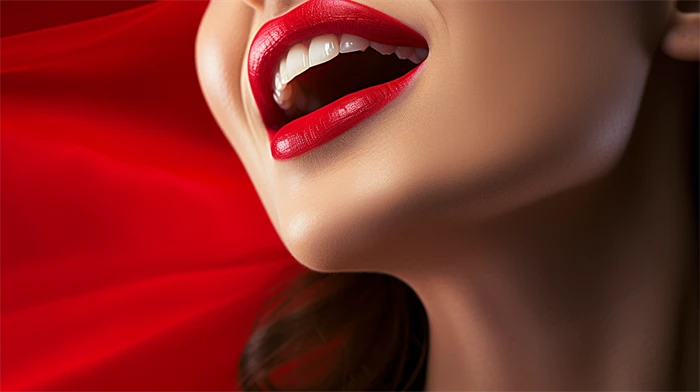Understanding Lip Augmentation in Toowoomba: Is it Painful?
Lip augmentation is a popular cosmetic procedure that enhances the size and shape of the lips, often to create a fuller and more youthful appearance. In Toowoomba, this procedure is gaining traction among those looking to improve their facial aesthetics. However, one of the primary concerns among potential clients is the level of pain associated with lip augmentation. This article delves into various aspects of lip augmentation pain, providing a comprehensive overview for those considering this procedure.

1. Types of Lip Augmentation Procedures
Lip augmentation can be performed using different methods, each with varying levels of discomfort. The most common techniques include:
- Dermal Fillers: These are injectable substances like hyaluronic acid that add volume to the lips. The procedure is relatively quick and typically causes minimal pain, though some clients may experience mild discomfort during the injection.
- Fat Transfer: This involves extracting fat from another part of the body and injecting it into the lips. While more invasive than dermal fillers, the procedure is generally well-tolerated with appropriate anesthesia.
- Implants: Silicone implants can be placed in the lips for a more permanent solution. This method may involve more discomfort due to the surgical nature of the procedure.
2. Pain Management Techniques
To ensure patient comfort, practitioners in Toowoomba employ various pain management techniques:
- Local Anesthesia: This is commonly used for dermal filler injections to numb the area before the procedure.
- Topical Anesthetics: Creams or gels that numb the skin can be applied prior to the injection to minimize discomfort.
- Ice Packs: Applying ice immediately before and after the procedure can help reduce swelling and numb the area, providing temporary relief.
3. Post-Procedure Discomfort
While the procedure itself may be relatively painless, some clients experience discomfort in the days following lip augmentation. Common post-procedure symptoms include:
- Swelling: This is a natural response to the procedure and can cause mild discomfort. Applying ice and following your practitioner's aftercare instructions can help manage this.
- Bruising: Some clients may experience bruising, which can be painful. Over-the-counter pain relievers can be used to manage this discomfort.
- Soreness: Mild soreness is common and can be managed with pain medication as recommended by your practitioner.
4. Patient Experience and Expectations
The level of pain experienced during and after lip augmentation can vary greatly from person to person. Factors such as individual pain tolerance, the specific procedure used, and the skill of the practitioner can all influence the patient's experience. It's important for clients to discuss their pain expectations and concerns with their practitioner before the procedure.
5. Choosing a Qualified Practitioner
One of the most effective ways to minimize pain and discomfort during lip augmentation is to choose a qualified and experienced practitioner. In Toowoomba, there are several reputable clinics and practitioners who specialize in cosmetic procedures. Ensuring that your practitioner is certified and has a good track record can significantly reduce the risk of unnecessary pain and complications.
6. Aftercare and Recovery
Proper aftercare is crucial for minimizing pain and ensuring a smooth recovery. Your practitioner will provide specific aftercare instructions, which may include:
- Avoiding strenuous activities: This can help prevent increased swelling and discomfort.
- Applying cold compresses: To reduce swelling and numb the area.
- Taking pain medication: As prescribed by your practitioner to manage any discomfort.
FAQ
Q: How long does the pain last after lip augmentation?
A: Pain and discomfort typically subside within a few days to a week. Swelling may take longer to resolve, usually up to two weeks.
Q: Can I take pain medication after the procedure?
A: Yes, over-the-counter pain relievers such as ibuprofen or acetaminophen can be used as directed by your practitioner.
Q: Is lip augmentation painful enough to require anesthesia?
A: Most lip augmentation procedures, especially those involving dermal fillers, do not require general anesthesia. Local anesthesia or topical anesthetics are usually sufficient to manage pain.
Q: How can I minimize pain during the procedure?
A: Choosing a qualified practitioner, discussing pain management options beforehand, and following all pre- and post-procedure instructions can help minimize pain.
In conclusion, while lip augmentation in Toowoomba may involve some level of discomfort, advancements in techniques and pain management strategies have made it a largely tolerable procedure. By understanding the various aspects of pain associated with lip augmentation and taking the right precautions, clients can achieve their desired lip enhancement with minimal distress.




